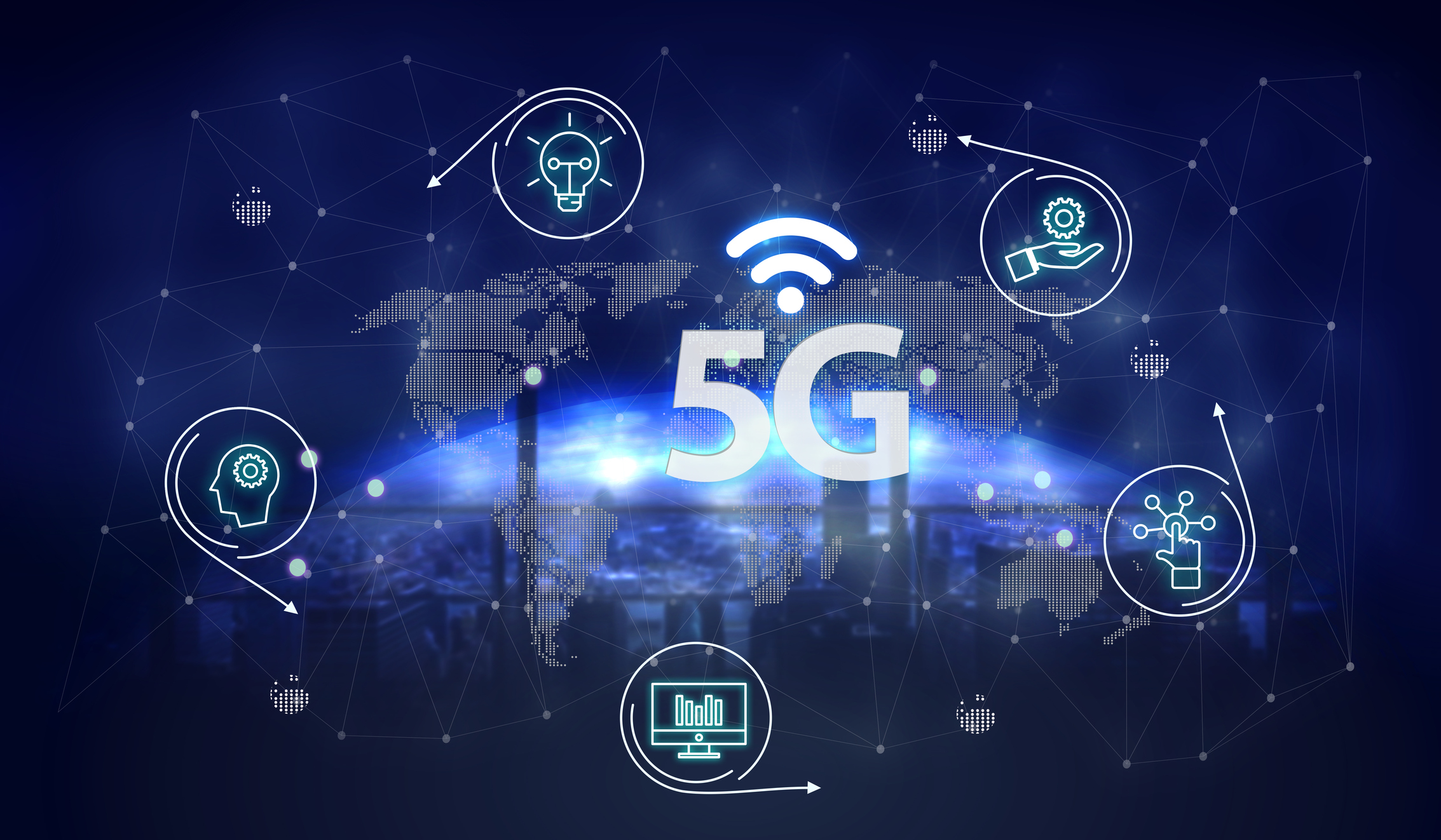5G Networks Could Significantly Reduce Carbon Emissions
Wireless 5G networks and technologies could reduce the U.S. carbon footprint by the equivalent of removing 72 million passenger vehicles from the road, the CTIA forecasts

WASHINGTON, D.C.—The widely touted benefits of 5G wireless networks to offer consumers new entertainment experiences and streamline the way companies produce content could also help the U.S. combat climate change, according to a new study by Accenture that was commissioned by the CTIA.
The wireless industry association funded study is forecasting that 5G connectivity will play a significant role in enabling the U.S. to meet the Biden Administration’s climate change goals, with 5G-enabled use cases projected to make up to a 20% contribution toward the country’s carbon emission reduction targets by 2025.
The report, titled "5G Connectivity: A Key Enabling Technology to Meet America’s Climate Change Goals," finds that use cases on 5G networks will enable up to 330.8 million metric tons of carbon dioxide equivalent (MMtCO2e) of additional abatement by 2025. That is the equivalent of removing 26% of all the passenger vehicles from the road in the U.S. for a year—roughly 72 million vehicles.
“This study confirms that U.S. 5G wireless networks will be instrumental in tackling the pressing challenge of climate change,” said Meredith Attwell Baker, CTIA President and CEO. “America’s wireless industry is building a world-leading 5G platform that will spur the investment and innovation necessary to meet our country’s climate objectives.”
The report examined 31 use cases for 5G across five industry verticals: transportation and cities, manufacturing, buildings and energy, agriculture, and working, living and health.
“This study shows 5G networks can bring material reductions in our country’s carbon footprint,” said Peters Suh, Accenture’s North America Communications and Media industry lead. “The crucial piece will be how industries leverage cloud-first 5G networks to bring greater innovation into key operational processes. With appropriate education and ecosystem changes, organizations can reap the climate benefits of 5G across their cloud continuum, which includes everything from the public cloud to the edge.”
“U.S. 5G networks already cover 305 million people, we’re building out 5G faster than we built out 4G, and every day, the wireless industry is working to make these networks go faster and farther,” added Attwell Baker. “Taken together, America’s wireless ecosystem is positioning U.S. innovators across these key industry verticals to quickly unlock these climate benefits.”
Get the TV Tech Newsletter
The professional video industry's #1 source for news, trends and product and tech information. Sign up below.
The report does not specifically examine the entertainment industry but technologists are already viewing 5G as a promising way to reduce the carbon footprint of producing live sports and other content, as previously reported here and here in TV Tech. A IBC report on the subject can be found here.
The full CTIA report is available here.
George Winslow is the senior content producer for TV Tech. He has written about the television, media and technology industries for nearly 30 years for such publications as Broadcasting & Cable, Multichannel News and TV Tech. Over the years, he has edited a number of magazines, including Multichannel News International and World Screen, and moderated panels at such major industry events as NAB and MIP TV. He has published two books and dozens of encyclopedia articles on such subjects as the media, New York City history and economics.

